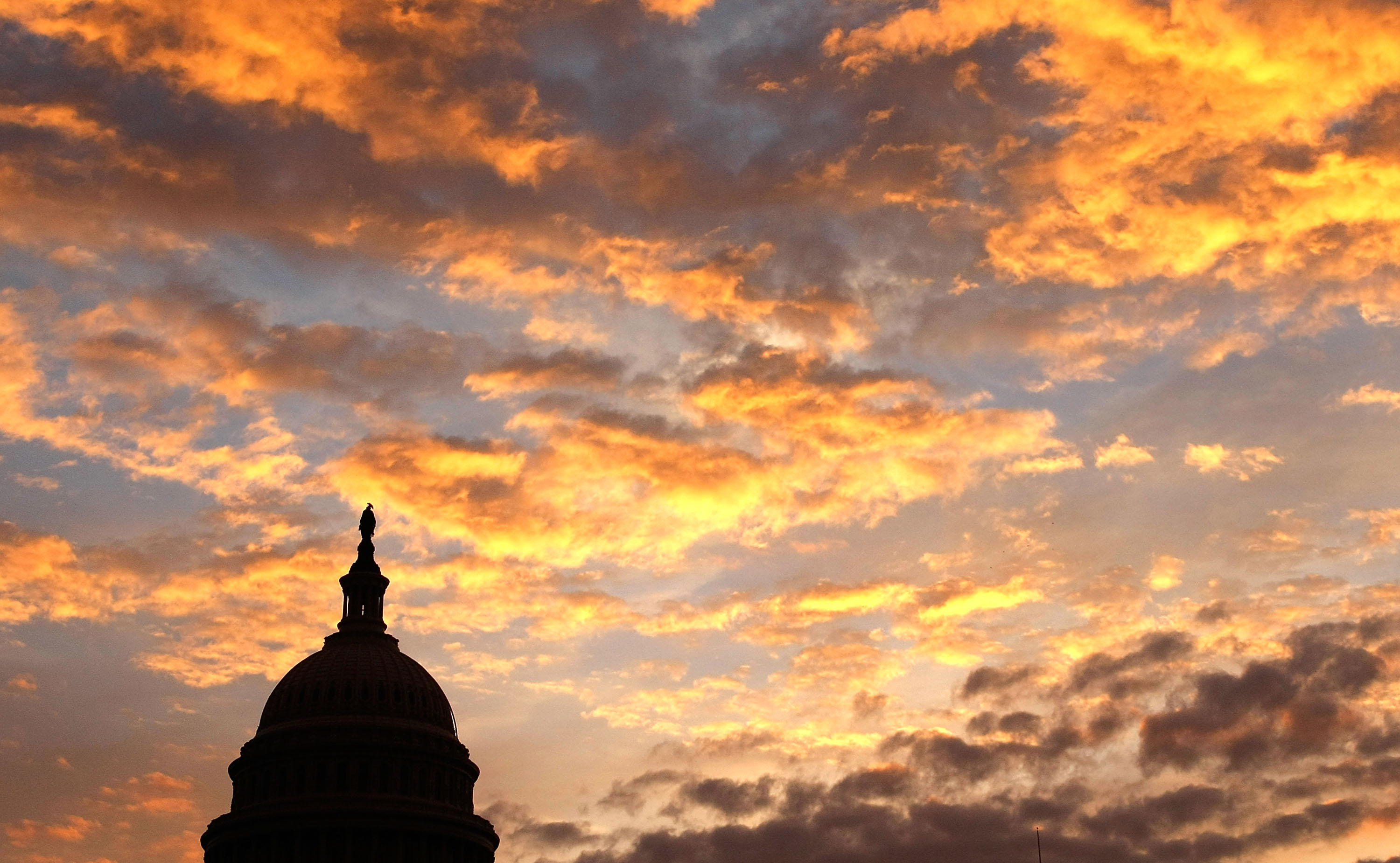We can all agree that it would be a good thing to eliminate the harmful side effects of moving the clock back and forth twice a year.
Falling back is one thing (here's when we do that, it's coming up soon). Springing forward is another.
Why? Each March we see an increase in traffic accidents, workplace injuries and heart attacks all linked to us "springing forward" and losing an hour of sleep. Those factors and more led to the U.S. Senate approving legislation this past spring that would make Daylight Saving Time permanent.
But there is a downside — or a dark side — to staying in Daylight Saving Time year-round. What would it mean if we left the clocks as-is starting now? Well, we wouldn't notice anything different just yet but we would see major changes during the winter months.
Get Tri-state area news and weather forecasts to your inbox. Sign up for NBC New York newsletters.
For example, here are some of the new super-late sunrise times that we would see if the new bill becomes law:
NYC LATER SUNRISE TIMES:
Thanksgiving — 7:53 a.m.
Christmas Morning — 8:18 a.m.
Valentine's Day — 7:51 a.m.
Our new latest sunrise would be 8:20 a.m., which would occur from Jan. 1 - Jan. 7. If you think that's late, Minot North Dakota would have sunrise at 9:35 a.m.!
The flipside is that we would never have those depressing 4:30 p.m. sunsets anymore. In fact, our new earliest sunset would be 5:28 p.m. which would occur from Dec. 3 - Dec. 13.
The bottom line: Because of our northern latitude, there will be a lot of darkness during the winter no matter what. If we stay on DST, it will mean kids will be waiting for the school bus in the dark even after 8 a.m., but it will also mean it won't be pitch black at 5 p.m. when many people are leaving work to go home.



